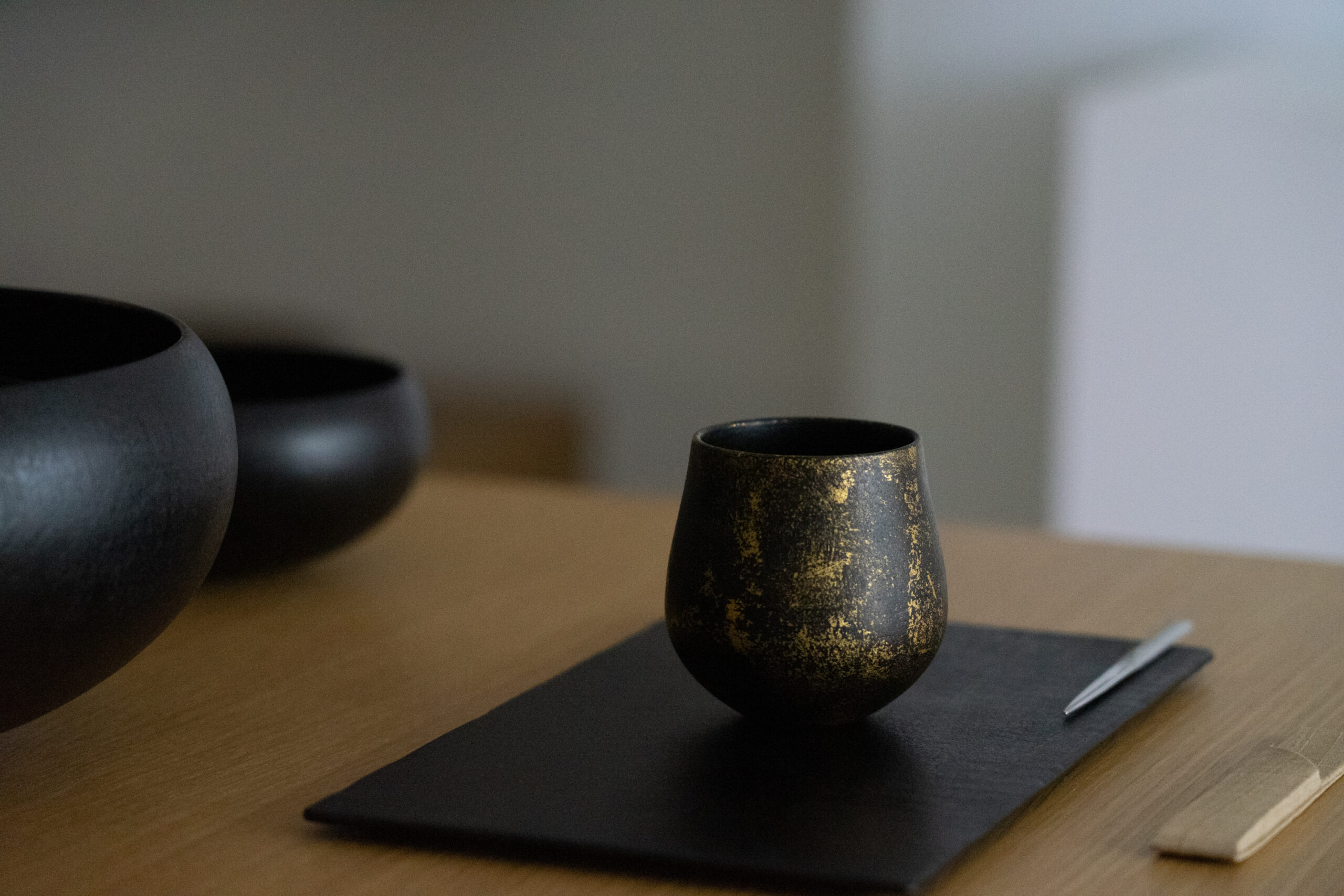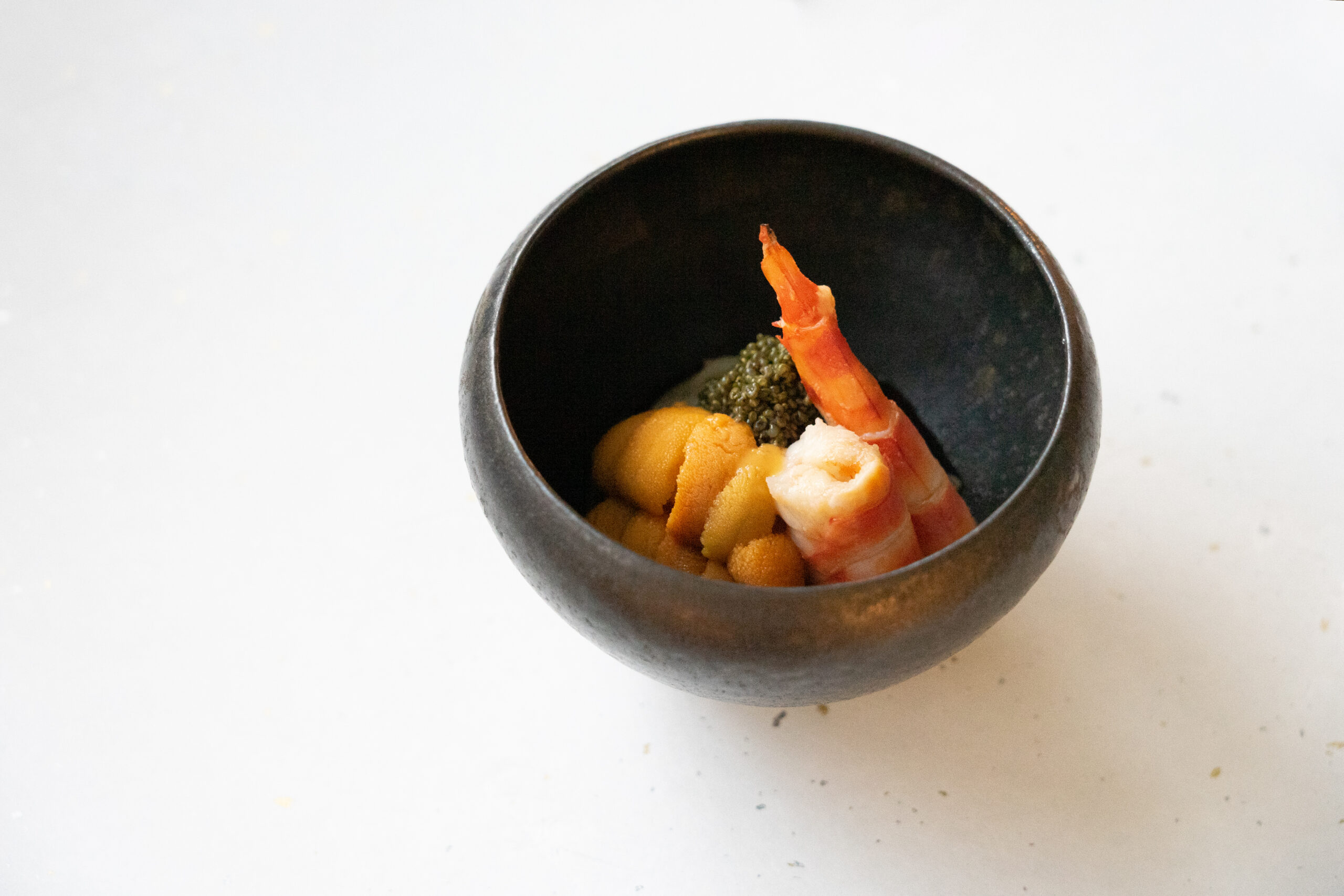Our world encompasses “light” and “shadow”, “yin” and “yang”. Generally speaking, bright and glittering things are considered beautiful, while dark and simple things are considered shabby or grim. Junichiro Tanizaki wrote in his book “In Praise of Shadows” that finding the dark places in life, and finding beauty in them, is one of the unique Japanese aesthetic sensibilities. Twenty years have passed already since the 21st century began, but society is still seeking brightness and cleanliness, and the place of darkness or shadow seems to be forgotten. This feeling that something is missing may be the reason why I have wanted to get involved in the world of crafts.
The word, “Inei ” or shade, does not refer to simple darkness, but to a dim, dark shade with just a little light. The light is the reason for the shadow, and the beauty lies in the harmony of the two. Modern crafts can similarly be considered as being in shadows. If industrial products are the shining light, then craftsmanship is the shadow. In today’s world, the presence of industrial products has made it possible for crafts that were once commonplace to stand out beautifully. It is similar to how the value of old houses is being reevaluated due to the rise of high-rise buildings, or how the popularity of analog records is being rekindled as high fidelity digital music becomes more popular. It’s not just that people are nostalgic for the past, but when something that was once so obvious that you didn’t even notice it becomes less mainstream and more like a shadow, its value increasingly becomes apparent.
In the dark, sound and scent become more important. Listen carefully and you may hear the sound of water boiling for tea, or the sound of insects may decorate the night. Crafts have their own unique sound when touched, and that itself is something to enjoy. Closing the lid of a well-made teapot or tea canister gives me an indescribable feeling of comfort. The smell of lacquer is unique, as is the scent of natural wood crafts. It goes without saying that putting oneself in the dark opens up one’s senses.
If you are interested in social activities, you have probably heard of “Candle Night”. The idea is to turn off the electric lights for the day and spend the evening with candlelight. It is often treated as a synonym for slow living, but I would like to create such an experience abroad so that we can appreciate more of the beauty of Japanese crafts. Touching and feeling lacquerware and bamboo baskets in the dark. Such a sensation may bring back some precious memories.
We naturally notice the presence of things that are illuminated by light, but we do not notice the beauty of shadows unless we consciously look at them. The same can be said for crafts in modern times, and it is only by continuing to hand them down that their value can be recognized. This is what craft galleries are for, and I remind myself every day not to get carried away by the light that can be understood without thinking. I don’t want to look only at bright and glittering things, but I want to draw close to something quietly in the dim light. That is the wabi-sabi that we need in this age.
Text by Yusuke Shibata



